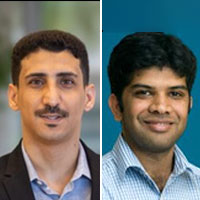Mechanical Engineering
Turbulent flow shows surprise patterns that could help boost efficiency
High-speed cameras show that vortices generated in turbulent fluids are more predictable and less chaotic than expected.
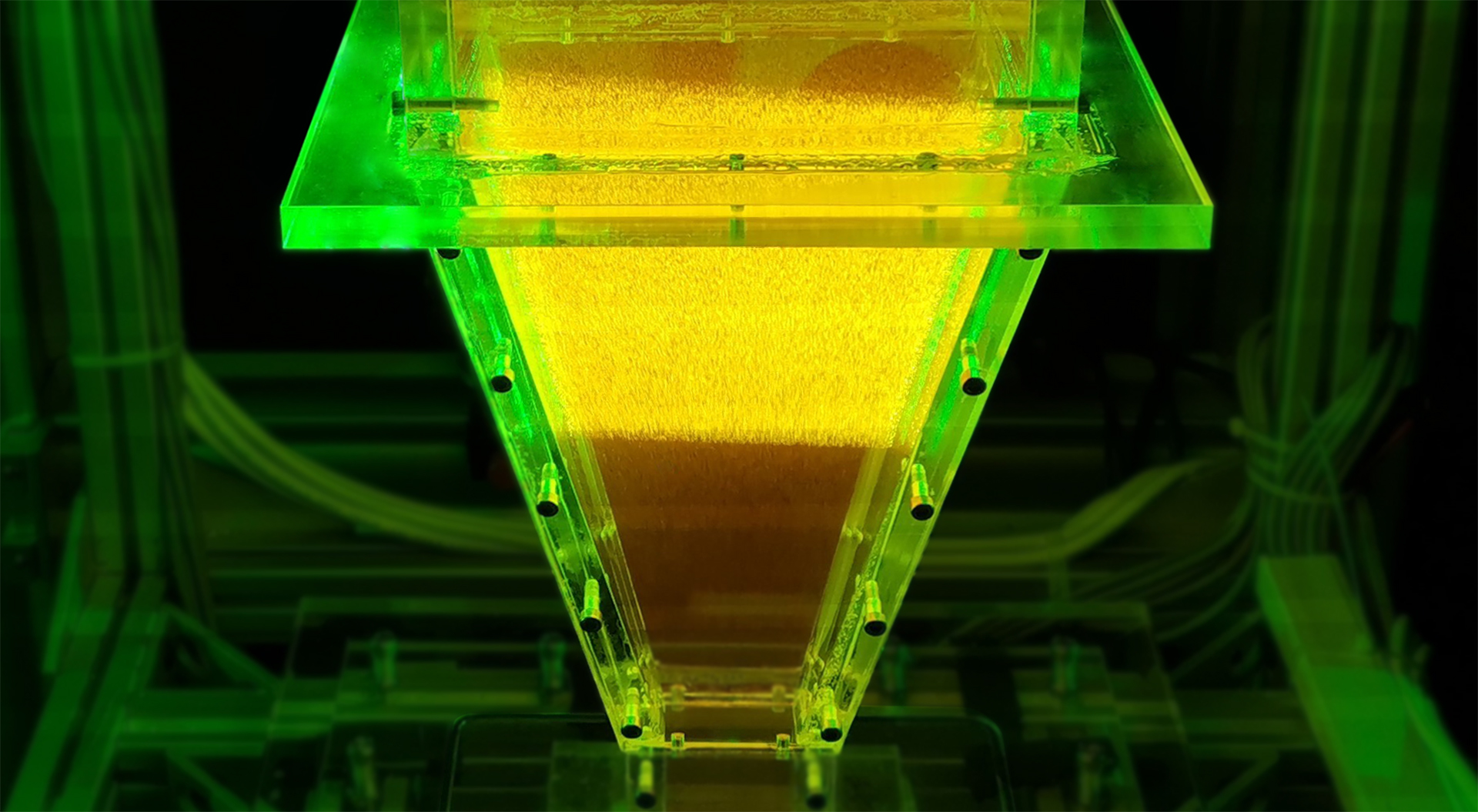
Building safe skyscrapers and stirring cups of coffee have something in common: both involve a phenomenon known as “turbulent flow,” which, in these cases, is the movement of air particles around a tower or liquid around a spoon. Now, with the aid of state-of-the-art cameras, mechanical engineers at KAUST have discovered unexpected patterns in this seemingly chaotic flow under certain conditions[1]. Their findings could help improve the construction of airplanes and underwater vehicles, as well as the efficiency of flow in pipes and industrial equipment.
Saudi Arabia is currently constructing the Jeddah Tower, planned to be the world’s tallest structure at one kilometer high. “It is vital for comfort and safety to understand how turbulent wind will shake the Jeddah Tower,” says KAUST’s Sigurdur Thoroddsen. “Turbulent flow also governs weather patterns and mixing in ocean currents and river flows.”
Physicists have spent around a century studying how vortices are generated as fluids move through pipes and around objects. Until now, however, they thought these vortices were generated chaotically, so their behavior could not be accurately predicted or mitigated for in advance. But in a new study, Thoroddsen and colleagues Abdullah Alhareth, Vivek Mugundhan and Kenneth Langley discovered some unexpected patterns in their length, occurrence and alignment.
The team used four high-speed cameras with pulsed lasers to create a precise 3D map of fluorescent microparticles added to water, as the liquid was pumped from a 500-liter tank through a roughly 3-meter-long tunnel, which narrowed along its length. “We simultaneously tracked the position and speed of around 200,000 particles to reconstruct the vortices,” says Alhareth. “The experiment required a huge amount of computer memory and around six days of supercomputer time to analyze each dataset.”
The team discovered repeating vortex structures, aligned with the flow, which were stretched out and spun quickly. “This is similar to the way that rotating figure skaters will spin faster when they draw their arms towards their body,” says Thoroddsen. “We were surprised how prominent these vortices were, how often they appear, how quickly they form and how long they last.”
Alhareth holds a joint appointment at the King Abdulaziz City for Science and Technology, and this partnership with KAUST enabled him to extend his understanding beyond water flow to air flow. “This gave me the opportunity to consider aerospace applications of our turbulence results compared with those obtained in a wind tunnel,” Alhareth explains. The findings could thus improve modeling of turbulent flows in aerodynamics, combustion, submarine and space applications, he says.
Predicting the formation of vortices will also help enable the design of clean and efficient engineering devices for a sustainable environment, says Mugundhan. “The vortices could enhance mixing and increase heat transport, or they could increase pressure drops along a pipe, so you need more pumping,” he says. “Our work will help people to model where they can enhance performance with vortices and anticipate where vortices will be a hindrance.”
Reference
- Alhareth, A.A., Mugundhan, V., Langley, K.R., Thoroddsen, S.T. Coherent turbulent structures in a rapid contraction. Journal of Fluid Mechanics 1000:A63 (2024).| article
You might also like
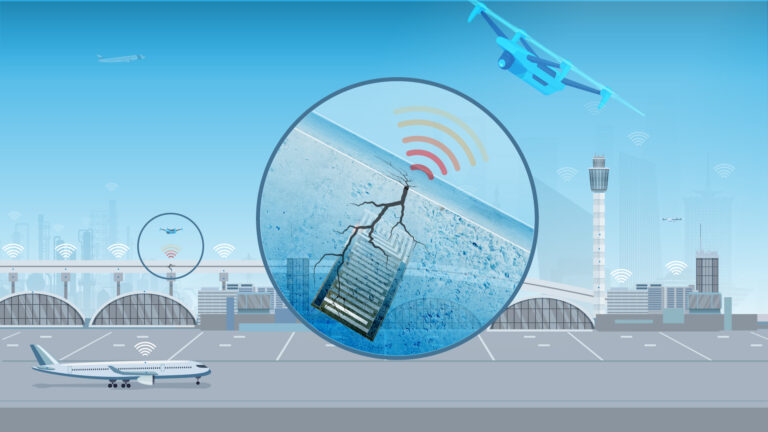
Mechanical Engineering
Innovative strain sensor design enables extreme sensitivity
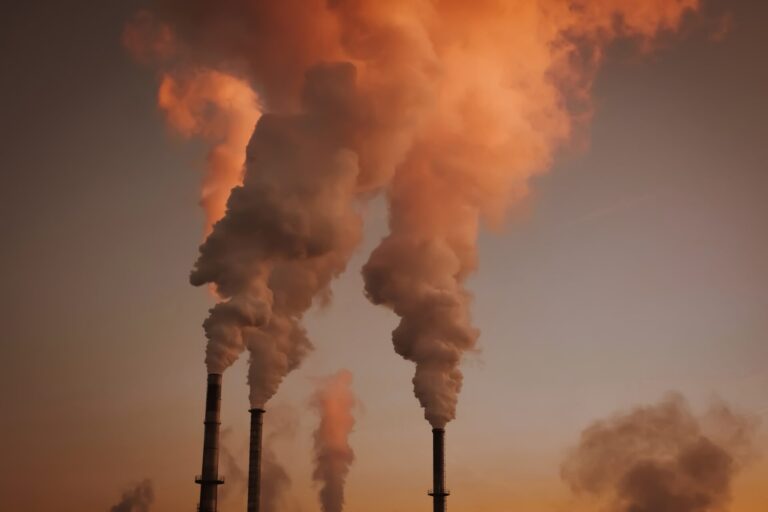
Mechanical Engineering
Machine learning model identifies gas molecules
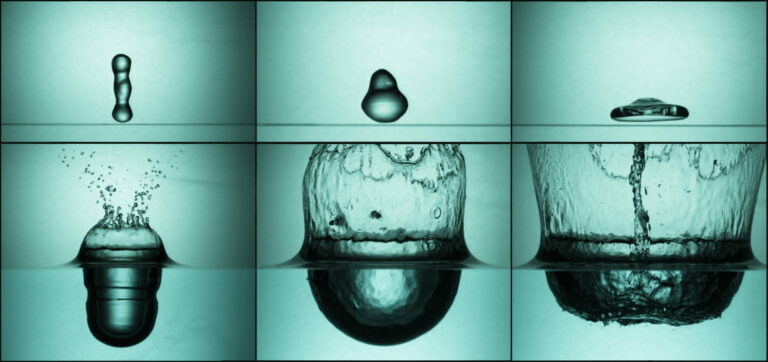
Mechanical Engineering
Making a splash: unraveling the impact of large water droplets
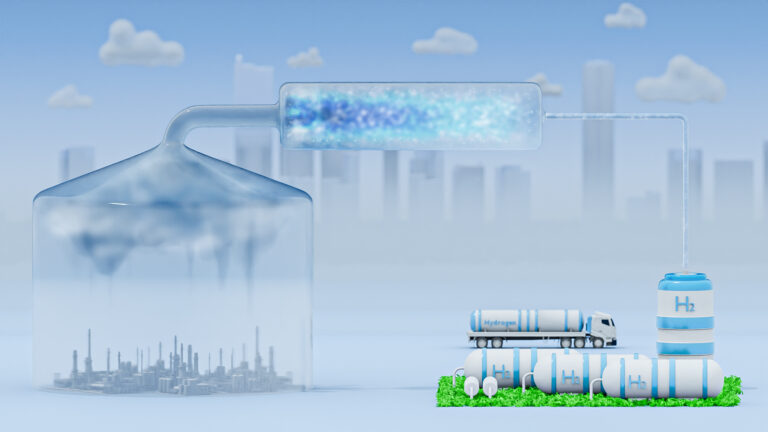
Mechanical Engineering
Sour gas has sweet potential for hydrogen production
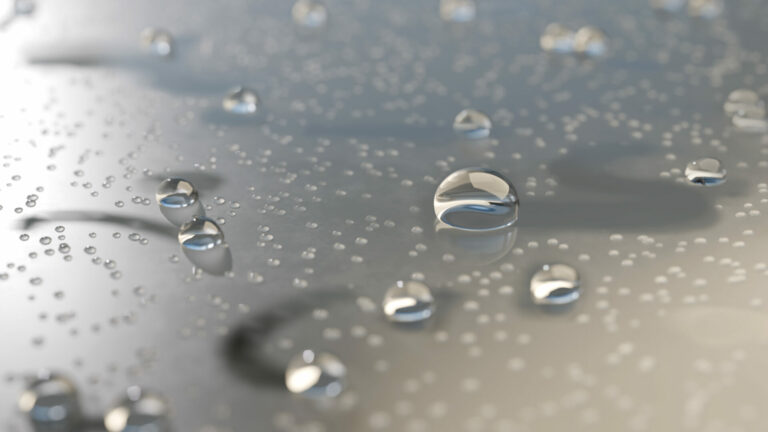
Mechanical Engineering
Dancing droplets’ new spin on water harvesting
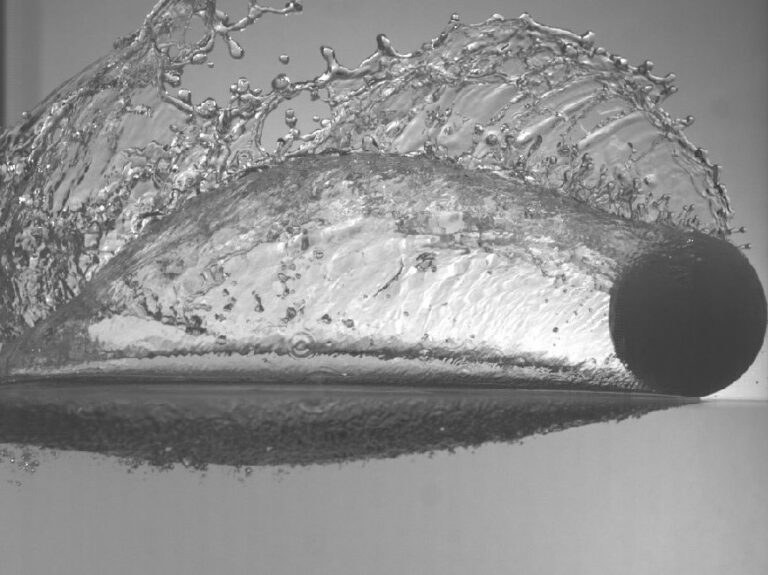
Mechanical Engineering
Underwater air pockets smooth out the bumps
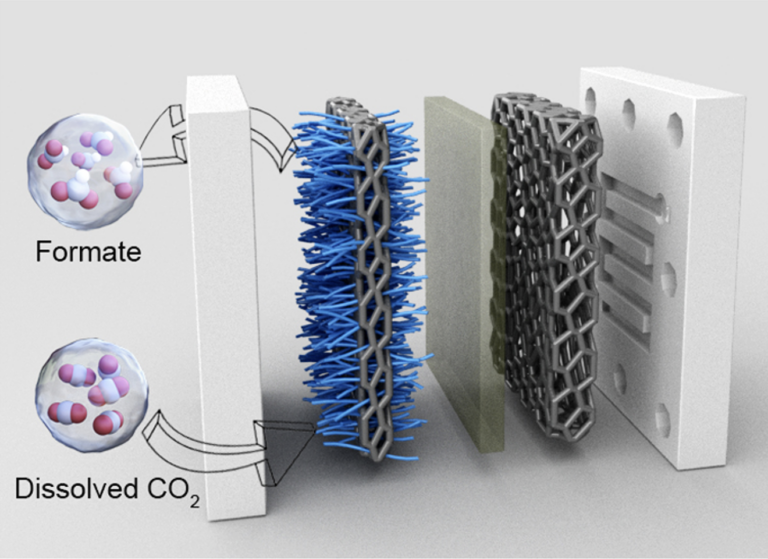
Chemistry
Squeezing more from carbon dioxide
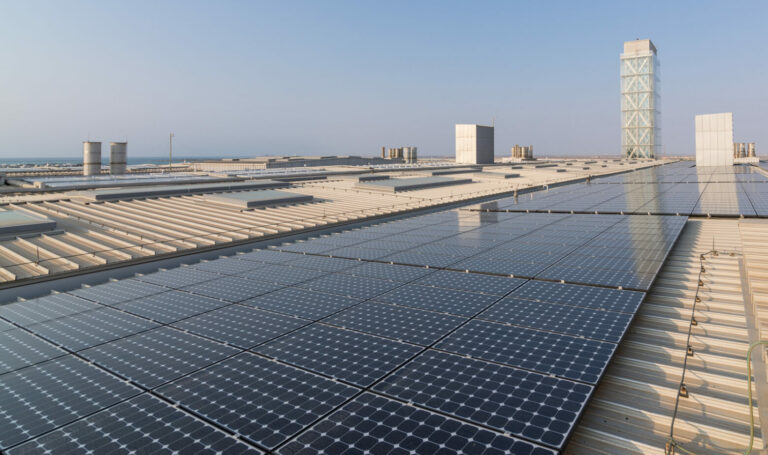
Applied Mathematics and Computational Sciences




